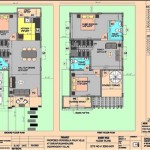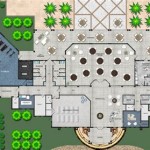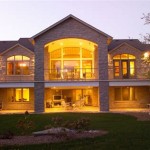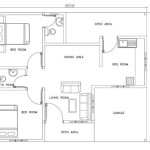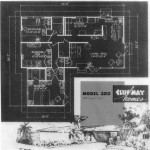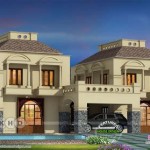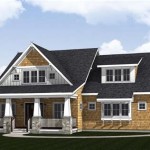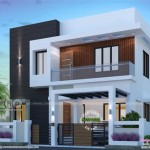Dog Trot House Plans: Essential Aspects for Southern Living
The dog trot house, a distinctive architectural style with deep roots in the American South, continues to captivate homeowners with its charm and functionality. With its open-air breezeway connecting two separate living spaces, the dog trot house design offers a unique solution for comfortable living in warm climates. If you're considering building a dog trot house, here are some essential aspects to keep in mind:
1. Site Considerations
When selecting a site for your dog trot house, consider factors such as orientation to the sun, prevailing winds, and natural ventilation. The open-air breezeway should be positioned to maximize airflow and create a comfortable living environment, especially during hot summer months.
2. Floor Plan
Traditional dog trot house plans feature two separate living spaces connected by the breezeway. The front room is typically used as a living room or parlor, while the back room serves as a kitchen and dining area. Consider the size and layout of the rooms to suit your specific needs and desired level of privacy.
3. Breezeway Design
The breezeway is the defining feature of a dog trot house. It can be screened or left open, depending on your preference. A screened breezeway offers protection from insects while still allowing for natural ventilation. If you opt for an open breezeway, consider incorporating architectural elements such as columns or arches to create a visually appealing transition between the two living spaces.
4. Exterior Materials
Dog trot houses are typically constructed with weather-resistant materials such as cypress, pine, or brick. The exterior siding should be durable and able to withstand the local climate conditions. Consider the aesthetics of the exterior materials and how they complement the surrounding environment.
5. Roof Design
The roof of a dog trot house is typically gabled or hipped to shed water effectively. The pitch of the roof should be sufficient to provide adequate drainage while maintaining a balanced and visually appealing appearance. Consider incorporating architectural details such as dormers or cupolas to add interest and character.
6. Energy Efficiency
While dog trot houses are designed for natural ventilation, incorporating modern energy-efficient features can further enhance comfort and reduce energy consumption. Consider using energy-efficient appliances, installing insulation in the walls and roof, and incorporating solar panels or other renewable energy sources.
7. Indoor-Outdoor Connection
The dog trot house design promotes a seamless connection between indoor and outdoor spaces. The breezeway serves as a transition zone, allowing for fresh air and natural light to enter the living spaces. Consider incorporating large windows or doors in the breezeway to maximize the outdoor views and extend the living area beyond the walls of the house.
By carefully considering these essential aspects, you can create a dog trot house that embodies the charm and functionality of this classic Southern architectural style while meeting your specific needs and preferences.

Level 1 Dog Trot House Plans Floor

Island Style House Tim Holmes Southern Living Plans Dog Trot One Story

Dog Trot House Plan Dogtrot Home By Max Fulbright Designs

Whispering Pines Southern Living House Plans Dog Trot Cottage Floor

Waterfront Dogtrot House Plan With Great Outdoor Spaces 130033lls Architectural Designs Plans

Dog Trot House Plan Dogtrot Home By Max Fulbright Designs

Great Compositions The Dogtrot House

2300 Square Foot Dog Trot House Plan 777029mtl Architectural Designs Plans
Dogtrot House Wikipedia

Passive Solar House Design Dogtrot Plans Dog Trot

